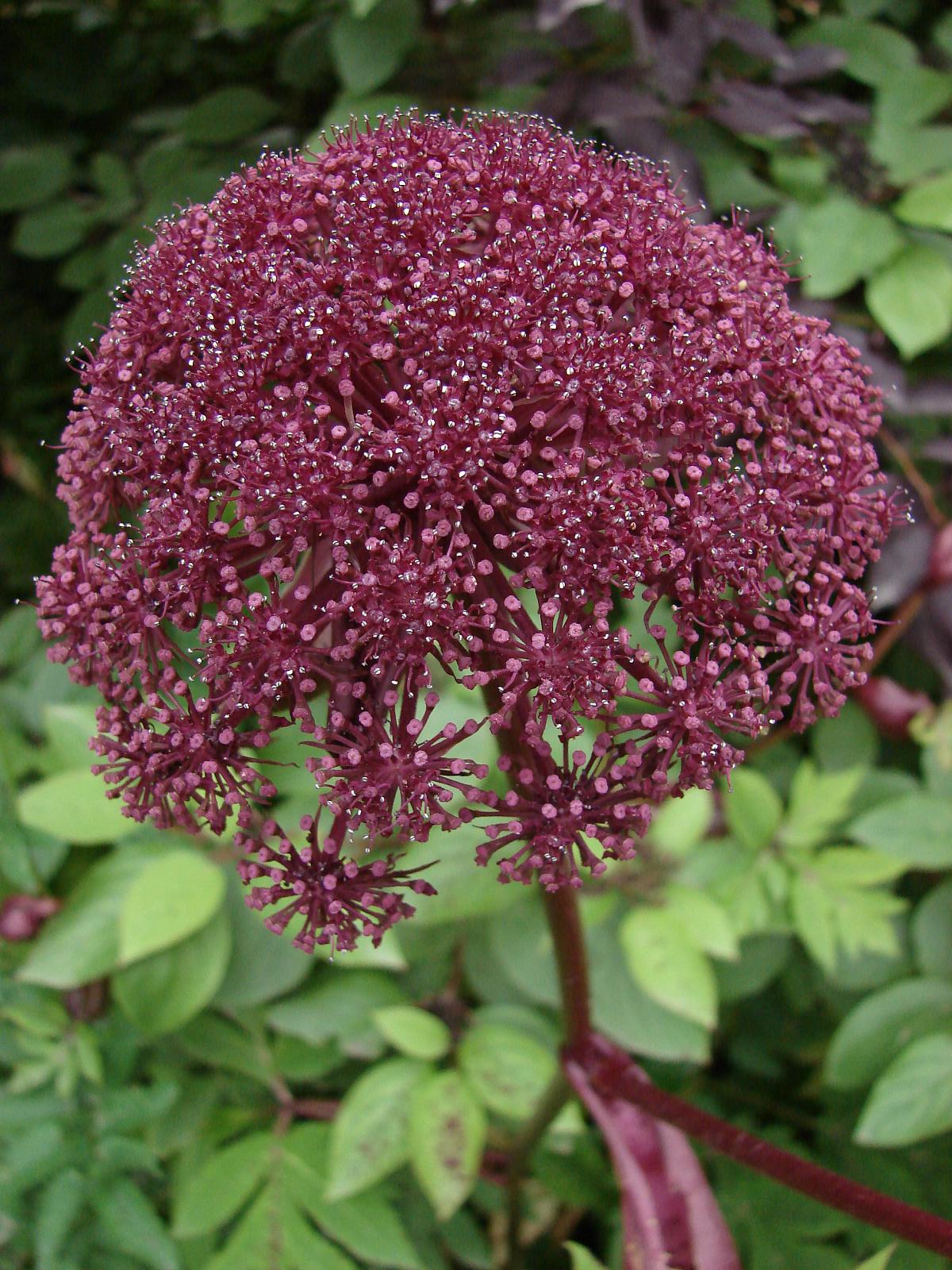
Plant Name: Sambucus nigra caerulea
Common name: Blue Elderberry
Plant Type: Deciduous Shrub or Small Tree
Plant Height: 6’ – 20’
Spread: 6’ – 20’
Bloom Time: Spring to Fall
Flower Color: Cream or Yellow Flowers & Blue Berries in Fall.
Exposure: Part Shade to Full Sun.
Soil Requirements: Tolerates a variety of moist soils,
but prefers well- drained.
drained.
Water Needs: Regular Irrigation.
Attributes: Food Source for Birds; Deer Resistant; Attracts Bees & Butterflies.
Note: Accepts Pruning Easily; Susceptible to Canker, Powdery Mildew, Leaf Spot, Spider Mites, Aphids, Borers.
Uses: Bee, Bird, Butterfly Gardens; Bank Stabilization; Hedge; Pond/Steam Edge Planting.
Native to: Western North America
Oregon Native: YES
USDA Hardiness Zone: 4 – 9
Report by: Viki Ashford
Photos from: Oregon State University https://landscapeplants.oregonstate.edu/plants/sambucus-nigra-subsp-cerulea




























